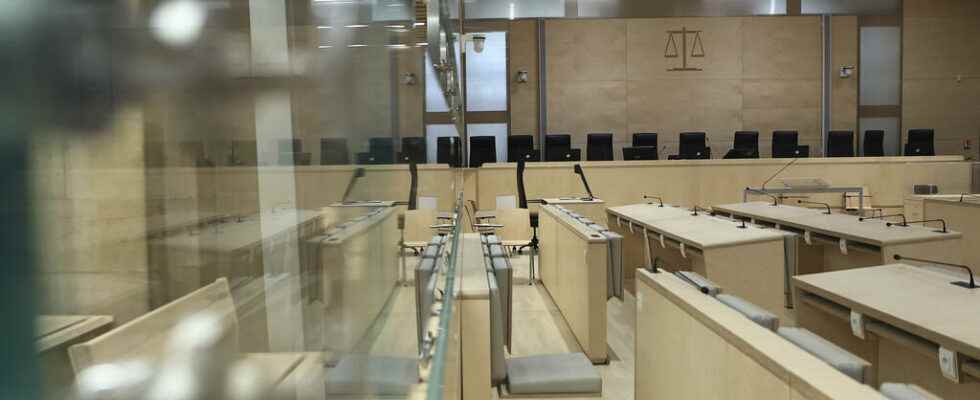After five weeks devoted to the testimony of civil parties, the trial of the Nice attack is entering a new phase: the study of the motivations and the career of Mohamed Lahouaiej-Bouhlel, shot dead by the police after crashing into the crowd driving his ram truck, July 14, 2016.
With our special correspondent at the Paris courthouse, Laura Martel
For a week, the special assize court in Paris tries to identify the personality of Mohamed Lahouaiej-Bouhlel, this Nice citizen of Tunisian nationality, who had killed 86 people and injured more than 400.
The hearing of an anti-terrorist investigator made it possible to address the main questions surrounding the intentions of the killer. ” The will to harm precedes the will to harm in the name of religion “Summarizes the investigator, after having outlined the path marked by violence of Mohamed Lahouaiej-Bouhlel. Violence from the age of 16 against his family in Tunisia; marital violence marked by sadism; brutality of the content he views: from road accidents to scenes of torture, including zoophilic images.
► To listen also: “We are forgotten great”: the trial of the Nice attack seen by the civil parties
But then, Lahouaiej-Boulehl, described according to witnesses as perverse, sexually obsessed, depressive, paranoid, did he come under psychiatry? In the absence of a diagnosis during his lifetime, the investigator was careful not to affirm it, but he was able to provide more information on the question of a possible radicalization. According to the investigator, it is the fascination with violence which brought the killer to the videos of the Islamic State organization, he who for a long time ” showed no interest in religion ” and ” showed weak signals of religiosity » than in the « last weeks before the attack.
► To read also: Trial of the Nice attack: “I scream that I do not want to die”
Deliberate clues to incriminate those around him?
Another detail in Lahouaiej-Bouhlel’s behavior is intriguing: the terrorist left many clues behind him, in particular 39 prints made the day before the attack showing him with the accused at the beach or in the café, and sometimes in the truck. , annotated with their first names. Investigators also found a sheet of paper in his home with a handwritten list of names and phone numbers.
Would he therefore have deliberately involved those around him? This is what the court is trying to find out, exploring the hypothesis of manipulation or a trap, a hypothesis favored by the defense. Seen “ accumulation “of the elements left, points out the investigator, “ I think there is indeed a desire on his part to find the people he involved in his preparations, but why, I don’t know. “. According to his findings, “cThe file is unique “.
